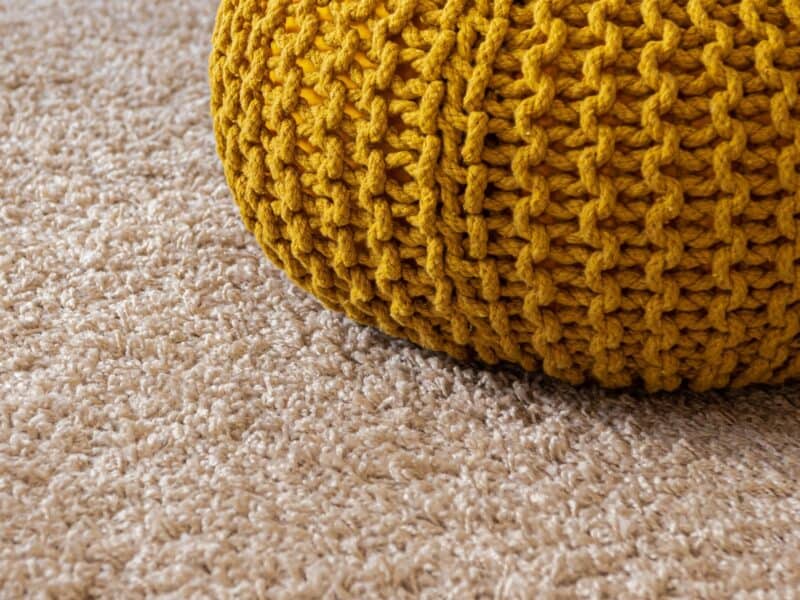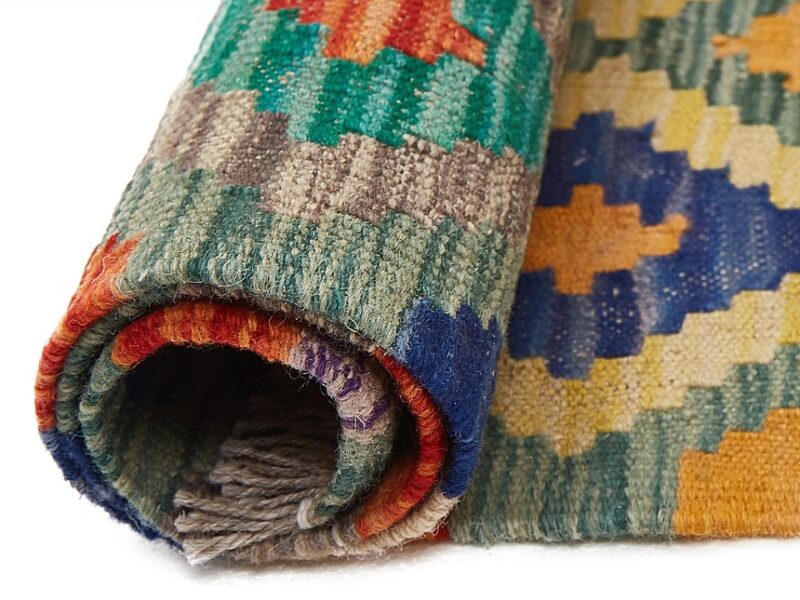
There is nothing quite like the luxurious feel of sinking your bare feet into soft, thick carpet, the cosiness on a cold winter’s day from the insulation underfoot or the sense of reassurance when watching your child play on soft, cushioned flooring.
These are all reasons why carpet remains one of the most popular floor covering choices for the home – and even for Commercial Premises, as nothing gives the same sound-proofing and impression of professional sophistication as quality carpeting.
However, there is also nothing quite like the irritation and hassle of dealing with stubborn Carpet Stains, loose piling or even damage and shrinkage. Therefore, choosing the right carpet type for the environment is extremely important.
First, the Construction
In the first instance, carpets can be divided into two main types, based on their construction:
Loop Pile
This is when the loops of yarn are left uncut. If the loops are all of the same height, it gives the carpet a uniform appearance (also called ‘level-loop’) whereas if the loops in different rows are of different heights, the carpet will have a textured look (also called ‘multi-level loop’).
Although they tend to have a casual appearance, loop piles are good choices for family rooms and areas of high traffic as they are very durable, wear well and are less susceptible to tracking and unsightly shading, when areas of the carpet show up as irregular light and dark patches.
Examples of popular loop pile styles are twill and sisal carpets. Another popular choice for families is shag carpets because its appearance hides marks from wear and tear (e.g. footprints) very well and therefore means lower maintenance.
Cut-pile
In this case, the loops of yarn are cut so that they are left standing straight up. These types of carpets have a very luxurious, elegant appearance and tend to be used in traditional or formal rooms. However, they also need a lot of upkeep to maintain their looks and therefore are not good choices for busy family areas or heavy traffic routes.
Cut pile carpets can be subdivided again into ‘hard-twist’, where each tuft of yarn is tightly twisted, or ‘plush’, where the tufts are only loosely twisted.
It is also possible for carpets to be a mixture of cut and loop pile – these have the advantage of being available in a wide range of textures and patterns and being suitable for a variety of rooms, due to the colour variety and the high durability from the multiple layers.
Durability
One of the key factors that affects carpet durability is the fibre weight, with the heavier the weighting, the better the carpet will wear over time and the longer it will last.
Another factor is the density of the pile and again, the higher the density, the better the carpet will last. Density depends on the tightness of the yarn twists, therefore the tighter the twist, the better.
Another thing to try to max on is the yarn or stitches per inch as this will improve the carpet’s crush resistance. This applies also to loop pile carpets, where it’s important to check how tight the loops are and how dense they are within a designated area.
As location is probably the most important consideration when choosing a carpet, it is worth investing in a higher density, heavier weight carpet for high traffic areas, such as hallways, living rooms, family rooms and stairs – while low wear areas, such as bedrooms and studies can perhaps be fitted with cheaper, lighter-weight carpets.
Types of Fibres
Finally, how carpets look and function will also depend on the fibres they are made of. Nowadays, synthetics can be just as good as premium wool and often more practical as they can be treated with a variety of stain-resistant products.
Wool
Since it is a natural fibre, wool is always very desirable and it does guarantee several qualities, such as durability, low flammability and resistance to abrasion. It is also more static resistant than most other fibres and is generally quite resistant to soiling.
However, the range of colours can be limited and it can be prone to piling and fuzzing; it may also present some problems when cleaning and removing stains.
Synthetics
Nylon and polyester are very popular due to their excellent stain and soil resistance and their ability to stand up to hard cleaning (e.g. can be scrubbed). They can be very soft but still retain their spring and can also be resistant to insect attack and water.
Nylon tends to be the most popular due to its properties, together with its low cost. In addition, it offers a far wider choice of colours than any other fibre.
In conclusion, it is important to consider the practical aspects of your lifestyle and environment when choosing your carpet.
For example, if someone in the family is a severe allergy or asthma sufferer, then it might be actually better to consider a hard flooring, such as wood or Ceramic Tile, as these contain fewer grooves or crevices which may harbour allergens, such as dust mites.
Also note that while kitchens and bathrooms are not traditionally fitted with carpets due to the high moisture environment, there are carpets specially designed for these areas, such as one with dense nylon pile and a waterproof backing.
In general, it is hard to beat the warmth and comfort supplied by carpeting and it is actually an economical option compared to other floor coverings as the product and installation tends to be cheaper.
However, it can often require more maintenance to look good and this is something to keep in mind, particularly when choosing carpeting for a busy household.


